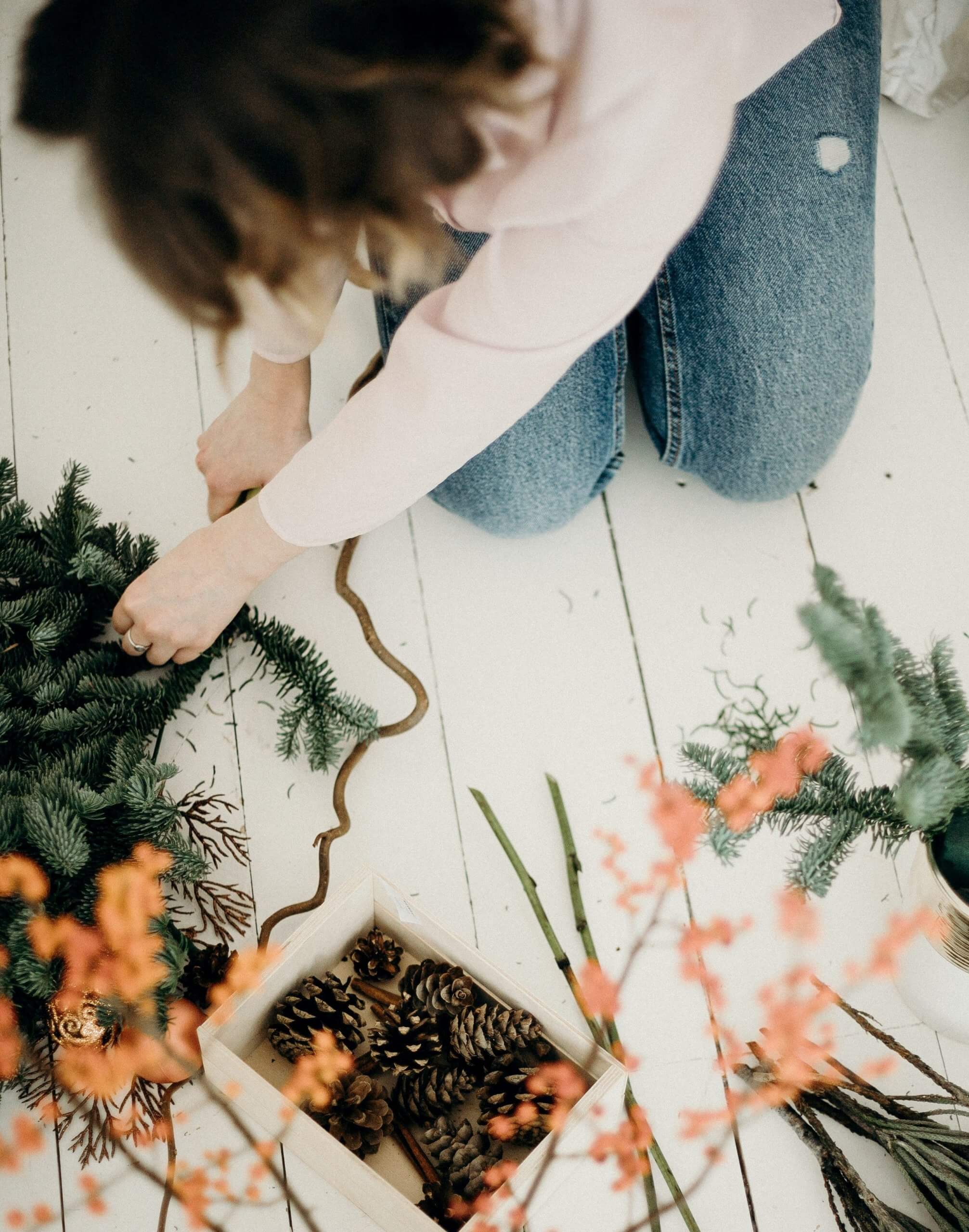How to Clean Brass: Useful DIY Guide
Copper sinks, brass hoods, bronze furnishings, copper fireplaces, and other products bring beauty and comfort to your home. But, like all metals, over time copper, brass and bronze fade and change colour. When interacting with air brass gradually darkens. With constant contact with water, the brass surface becomes bluish-green. For challenging cases or a complete refresh of your home, consider scheduling a deep cleaning to ensure every detail is perfectly restored.
Before You Begin
Find out if the object that needs to be cleaned is made of solid brass hardware or is brass plated like door knockers, before you begin cleaning. Using magnet sticks, determine whether the object is solid or plated. This is a solid brass object if the magnet does not stick.
The piece is brass plated, meaning a small shining coating of brass plating is applied to the base metal, if the magnet remains attached. Given how quickly the plating might wear away, exercise additional caution when cleaning, don’t use harsh chemicals, and use fewer scrubbing sponges.
What You’ll Need
Equipment
- Old toothbrush
- Microfiber cloth
- A bowl
Materials
- Toothpaste
- Kitchen soap
- Baking soda
- Lemon
- All purpose flour
- Salt
- Vinegar
Does Brass Tarnish?
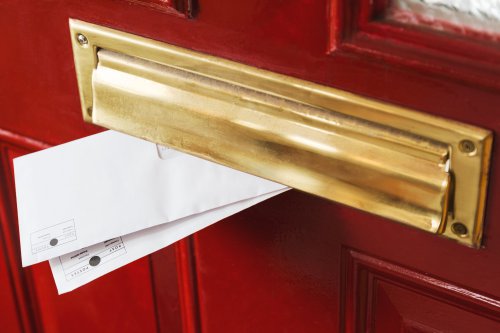
You will not find brass deposits in nature. This is because its main elements are copper (over 50%) and zinc. During its manufacture these two elements often have tin, lead, aluminum, nickel and manganese added. Depending on the percentage of additives, the alloy acquires different properties and colours. It can be yellow, golden, and even have a greenish tint. Although brass is called the “eternal metal”, it can become darker from contact with water, which is called tarnishing.
Why Does Bronze Turn Green?

Patina, in Italian, means a range of various shades formed on the surface of brass and copper under the influence of atmospheric factors during natural or artificial aging (patination).
There are many shades of natural brass patina, from green to olive, blue, earthy, red, and finally black. All this diversity gives copper and its two main alloys, bronze and brass, the ability to survive under the influence of the external environment for a long period of time. For example, it will take five to 25 years for a green patina to form on the surface of a copper roofing sheet.
The process of patina formation depends on many factors and progresses in several stages. Before “greening”, the nit will turn black. Oxygen in the atmosphere oxidises brass and as a result a black oxide layer is formed on the surface. Only after this stage will the colour change to green. It will be covered with other copper salts of various green and blue colours.
Brass Restoration – Lacquered vs. non-lacquered Brass
Most of the brass you might discover in your house is lacquered. Unlike copper items where you may want to remove the lacquer layer, it is better to keep it on your brass, as it prevents it from tarnishing. If you polish and wash lacquered brass on a regular basis it should remain safe from tarnish.
But even lacquered brass can tarnish over years of exposure. If you want to clean this tarnish, the lacquer coating will need to be removed, cleaned and polished, and then returned back to the surface of the brass (if you want to prolong the lacquer protection). If your brass tarnishes easily and has no coating, it is non-lacquered.
To clean a non-lacquered brass surface, you can choose oil-based ingredients. Although chemical brass cleaners are available on the market, it is more safe and eco-friendly to clean non-lacquered brass with natural ingredients, many of which you might already have at home. You will learn more about natural cleaning methods later in this article.
Solid Brass vs. Plated Brass
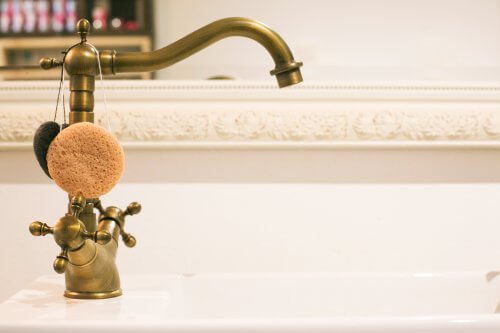
Solid brass, or dry pressed brass, simply means that the item is made of 100% brass. Simple polishing can always restore the shine of a pure brass metal setting but you may need to remove any existing lacquer layer first. On the other hand, brass plated equipment is normally a mixture of brass, steel and zink. In order to secure the metal, lacquer can be added to the final product to maintain its colour. Plated brass, however, holds a shorter life span, and the thinner it is, the sooner it can break down.
Best Way to Clean Brass
There are two different options in the brass cleaning process. You can buy a special chemical polish in store or create your own homemade eco cleaner. Using the first option, get a brass-specific polish to reduce discolouration. Use smooth fabric to apply it to the surface. You should never use any steel wool thicker than 00 grade to prevent scratching the brass.To complete the brass cleaning, use one of the polishes listed below:
- Brasso
- Bar Keepers Friend
- Twinkle Brass & Copper Cleaning Kit
- Wright’s Brass Polish
- Blue Magic
How to Clean Brass using a Homemade Cleaner
In some cases, you don’t need a special cleaner to get rid of the brass patina. You can use plain materials that can be found around your house to create a homemade brass cleaner. It is essential to determine whether it is lacquered brass or non-lacquered brass before you start cleaning your brass.
If the brass parts do not appear dull or display indications of tarnish, they are most probably lacquered, meaning that they can be washed with gentle liquids or bya moist sponge or towel. If, however, the metal is not lacquered and has started to tarnish, using homemade brass cleaner can give you great results.
How to Clean Brass with Vinegar
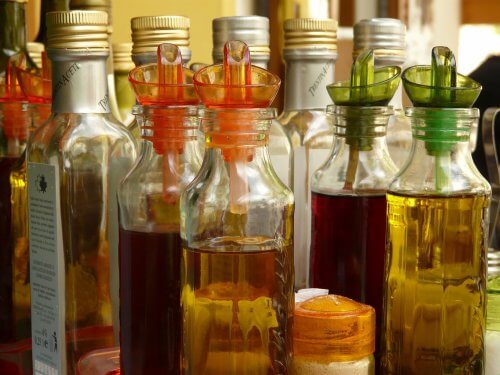
If brass becomes filthy, smudged or darkened, it can be cleaned with vinegar. In general unlacquered brass should be soaked in vinegar, while lacquered brass can be cleaned up with a rag.
How to Make and use Vinegar Cleaner for Lacquered Brass
- Mix equal parts flour and salt together
- Add vinegar until you have a thick, spreadable paste
- Combine vinegar until you have a dense, spreadable powder condition
- Apply gently to the brass surface with a sponge
- Dip your powder with a smooth, microfiber fabric
- Cover the entire surface, particularly targeting smudged and darkened regions
- Allow the paste to sit for an hour
- Make sure the brass remains untouched while you let the process set
- Rinse your brass
- Make sure to dry the brass completely. Leaving it wet can cause damage
How to Make and use Vinegar Cleaner for non-lacquered Brass
- Mix 2 parts of white vinegar
- Add 1/4 parts of salt
- Add two parts of water to create a liquid
- Check the brass for embellishments such as carvings
- Bring your liquid to a boil
- Soak your brass in the liquid
- Use a spoon to remove brass from a boiling liquid to avoid self-harm
- Rinse the brassunder running water. This will remove the access of dirt and tarnish
- Let the brass air dry. This will prevent your item from corroding
Please remember that for unlacquered brass with heavy embellishments, consider professional cleaning. eMop is ready to provide outstanding professional cleaning assistance which will leave your non-lacquered and lacquered brass items sparkling once again!
How to Clean Brass with Salt
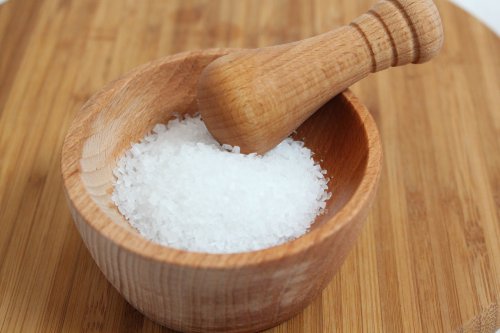
You can use a salt scrub with lemon juice; in much the same way as using salt and vinegar. This will effectively clean the brass items.
- Sprinkle the sliced lemon portion with the salt
- Roll it over the tarnished item
- Buff the item with a smooth wet cloth, then wash it with another wet cloth and a wet rag
How to Clean Brass by Using Baking Soda
- Combine one part lemon juice with a teaspoon of baking soda
- Stir thoroughly
- Use a smooth cloth to apply
- If the tarnish is thick, let the paste lie on it for 30 minutes, covering it with the sticky tape. Rinse it and dry
- Repeat if needed
How to Clean Brass with Lemon Juice
- Cut a lemon in half and sprinkle the slice with a teaspoon of salt
- Rub the fruit on the tarnished brass
- Squeeze it to discharge the moisture
- Rinse it and dry
How to Clean Brass with Ketchup
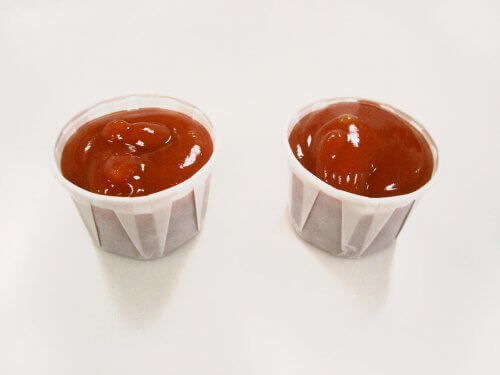
It must seem like one of the most unusual methods to clean anything, but ketchup can work fine and be very effective as a brass cleaner. It’s also non-toxic: the core component of this cleaner is tomato juice.
- Squeeze ketchup onto the brass surface
- Wait 40 minutes
- Wash it off
- Dry and buff
Cleaning Brass with Toothpaste
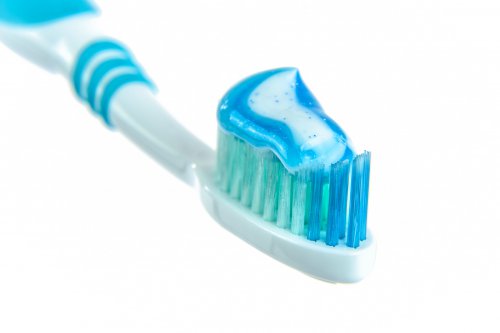
A very popular way to clean brass is with toothpaste. This method is the cheapest, but is not particularly effective and is suitable only for weak patina on the surface. Most often, this method is used when cleansing copper coins or jewelry.
To clean the brass, you need to cover it with toothpaste and let it lie for a day, and then clean the paste of the surface.
But it should be remembered that it’s necessary not to choose gel toothpaste. It won’t help with the brass cleaning. You can also use a toothbrush as it is effective against most types of stains, especially if you cut the bristles of the brush for a more visible result.
How to Clean Brass with Soap and Water
In the United Kingdom, one of the most basic brass cleaning methods can occasionally yield the best results. To clean badly tarnished brass if you’re low on household products, use dish soap and cool water. This can also be used to clean lacquered brass.
Steps:
- Pour some liquid dish soap into a clean, warm bath for your brass pieces.
- Give the brass some time to easily soak. For stain removal, use a clean toothbrush or microfiber cloth. Even though the hot water and soap will help, some elbow grease may still be needed to complete this task.
- Take the brass object out of the warm soapy water once the tarnish has completely disappeared. Using a damp cloth, wipe dry after rinsing.
How to Clean a Brass Lamp
Washing a brass lamp requires only a soft sponge. Avoid using metal brushes and excessively abrasive products. It is better to take a cotton rag. Avoid overheating the product, as brass is more heat-intensive than conventional materials like steel or aluminum.
- Cut the lemon in half
- Squeeze one half of the lemon juice and throw in a handful of very fine salt. It should dissolve
- Take the second half of the lemon and soak it in a saline solution
- Start gently rubbing the lemon swab on the lamp
- Do not press hard
- Always make sure that the salt crystals are moistened with lemon juice and do not scrape the copper surface
- Pay attention to the brass surface to make sure it is completely covered with the lemon-salt solution
- When your lamp is red again, and the shade is returned to its noble-saturation, rinse everything with water and ordinary soap
- Wipe the lamp until it is dry
How to Clean Brass Door Handles
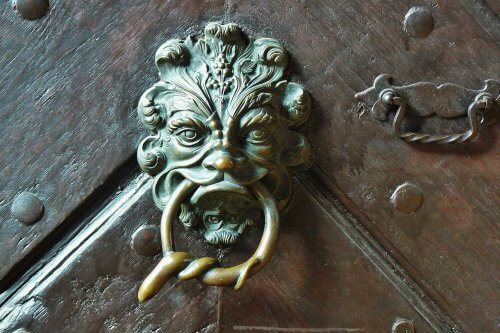
To remove the greenish coating, place the handles in a 10% solution of citric acid. When you see that the plaque dissolves, remove, wash and polish the handles to remove the reddish plaque. Place them in a 5% liquid of ammonium carbonate, until you see the desired yellowish plaque is reduced due to the chemical reaction. You can remove it completely by immersing the handles in a 10% vinegar solution.
How to Clean Brass Jewelry
- Mix a few drops of mild dish soap in warm water
- Test the soapy water on an inconspicuous area to make sure it’s safe
- Clean the piece with soapy water and a soft cloth or toothbrush
- Rinse the jewelry thoroughly, and then dry it with a soft cloth
Remove Corrosion from Brass
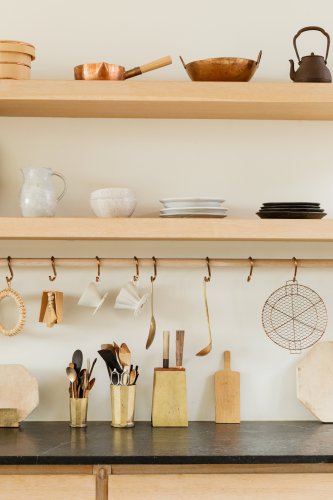
If the corrosion on your brass item is not very old, you can try to cope with it using different solutions. Here is one of the most popular and trusty methods to reduce thick tarnish, hard marks and corrosion:
- Put brass objects in warm, soapy liquid or a soft mixture of ammonia
- Dry and rinse well
- Dampen a smooth cloth in warm vinegar, add salt or create a mixture of eggs, oil and water
- If the item is clean, wash it thoroughly in hot, soapy water. Rinse and dry
- Polish with a lemon oil-moistened cloth
- Dip a piece of fresh lemon in table salt, if desired, and rub over the corroded area
- Carefully wash, rinse and clean
How to Keep Brass from Tarnishing
When exposed to oxygen, brass automatically begins to tarnish. One of the best options to avoid the tarnishing of shiny brass is to cover it with a transparent sealer coating that prevents air from entering the brass itself. Many brass items are already sold with this option. Refresh the coating every few years without regular polishing to keep the brass fresh and sparkling. A transparent polyurethane sealer protects the brass without creating discolouration from oxygen exposure.
More Tips for Cleaning and Polishing Brass
Make sure to get a fully brass commercial cleaner in London that is specifically made for brass if that’s how you prefer to clean brass. Before polishing, always give the item a quick wash in warm water with a mild soap to remove dust or debris.
Then, gently rub and polish brass items according to the manufacturer’s directions. The protective thin layer that brass polishes usually leave on the surface helps shield the metal against tarnish and discoloration in the future.
Avoid handling your brass frequently, and when cleaning or polishing, use a soft clean cloth to avoid scratching the surface. This will keep your brass appearing clean and bright.
Conclusion
In the most difficult cases of brass tarnishing and corrosion, eMop domestic cleaners are available to return your brass goods to their fine conditions. We will happily tidy/ clean your home and ensure all your brass decor and furniture shine again! Our experts are available 24/7, so you choose the hours that suit you!
For your silver items, you might find our how to clean silver guide useful.
We also suggest reading our helpful guide on how to clean your house like a professional.
FAQs
How do you clean badly tarnished brass?
Make a mixture with equal parts of vinegar, flour, and salt, it works wonders to clean tarnished brass. Let the brass sit for approximately an hour after applying this paste to it. Buff dry it completely after giving it a good rinse in warm water. You can use other household products like lemon, baking soda and even tomato sauce too.
What is the best thing to clean brass?
The finest cleaning solution for brass is a mixture of baking soda and lemon juice. Shine can be effectively restored with this natural cleanser. After applying the paste and letting it sit for a short while, rinse and pat with dry cloth.
What is the best way to clean old brass?
To clean brass with lemon and baking soda is one of the finest cleaning methods on antique brass. Use this paste very gently, allow it to work its way down the tarnish, then rinse it out and give it a gentle cloth polish to bring back that gloss.
Does WD 40 remove tarnish from brass?
Yes, a brass piece can have its tarnish removed with WD-40. Most metal refinishers use it to prevent tarnish.
Does Coke clean brass?
Yes, coke is one of the many brass cleaners around used to clean and prevent tarnishing.

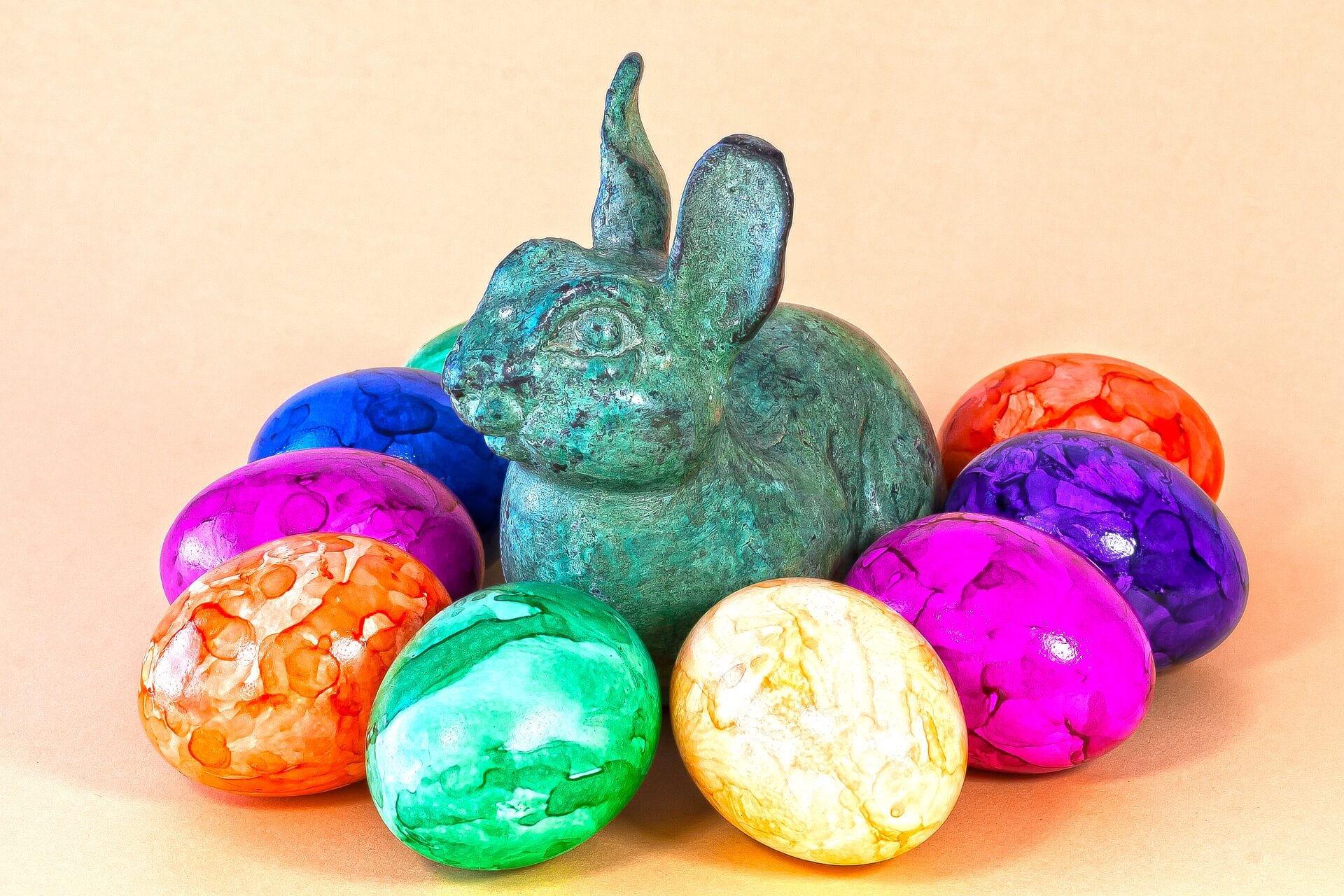




 Blog
Blog
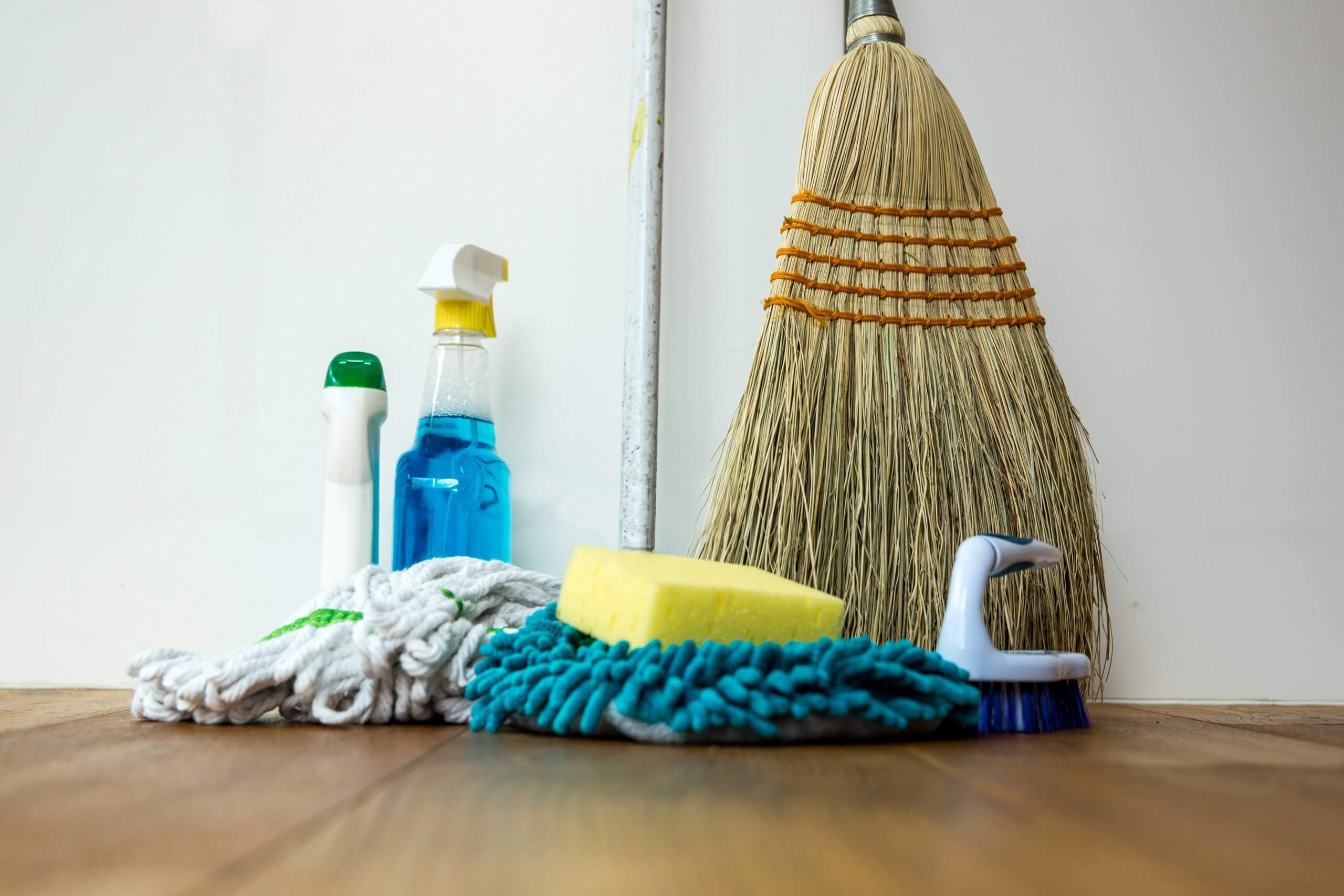
 Previous Post
Previous Post